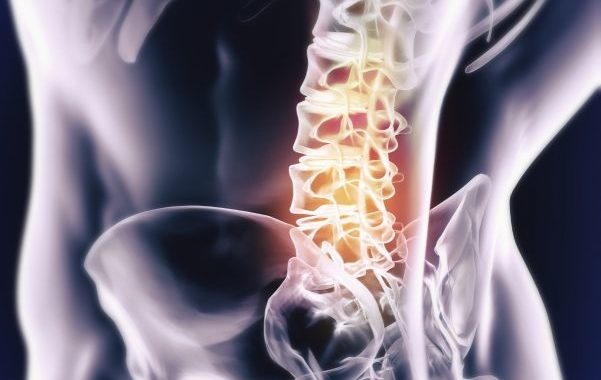Please use the Zoom meeting link below to join the webinar:
Time: Jul 23, 2024 07:00 PM Greenwich Mean Time
https://us06web.zoom.us/j/85823172225?pwd=p0ZcTUQMb5nIOb4XP8Q251bXEOvHEd.1
Meeting ID: 858 2317 2225
Passcode: 319534
Please note that this webinar is being broadcast through the Northern College of Acupuncture, York UK




